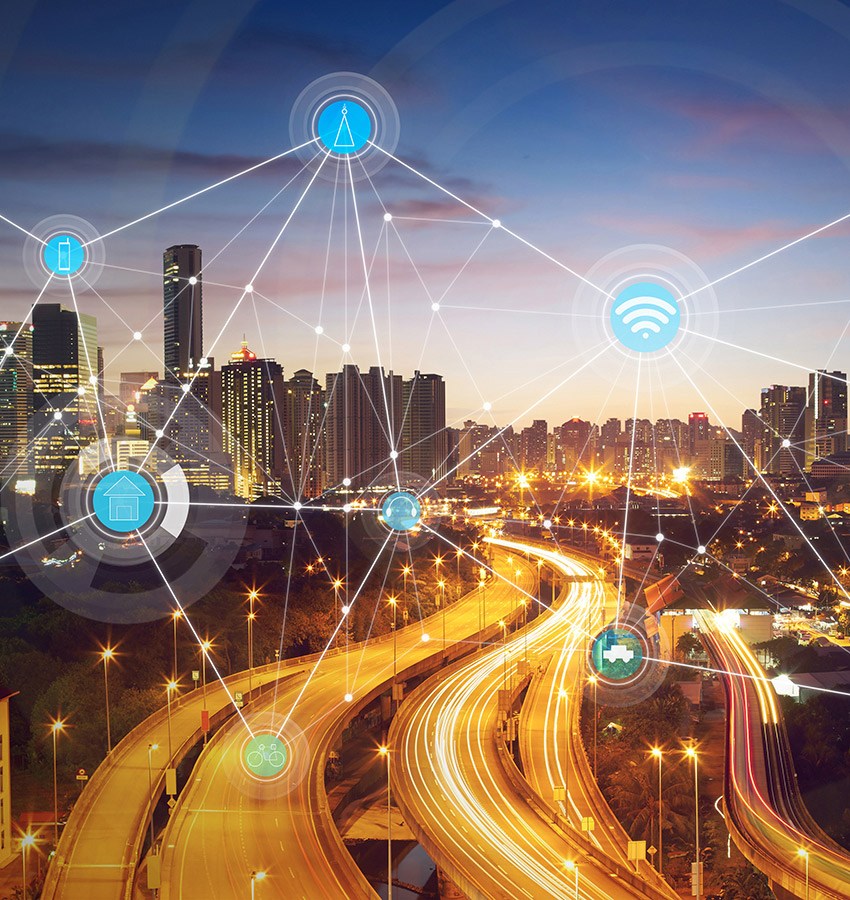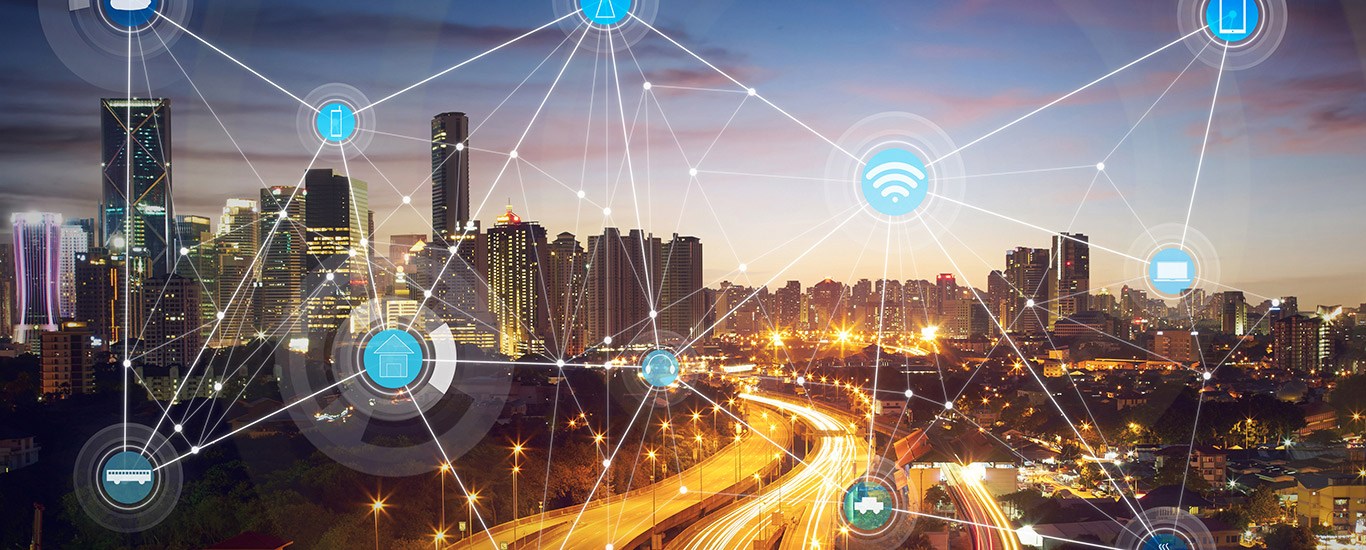
5G, the next generation of a mobile telephone, is now getting rolled out around the world. This new evolution of mobile data transfer standards is a revolution in the making for two reasons- very high data transfer speeds and very low latency compared to 4G-LTE. The state-of-the-art technology today that individuals and companies use today. For instance, 5G is expected to deliver peak data transfer speeds of 20 Gigabits per second. Let’s see 5G and how it will impact the digitization of business. At that speed, a full-length HD movie would take less than 5 seconds to download! Ultra-low latency (i.e., the delay between transmission and play) would eliminate distortions and enable real-time video of very high quality.
In this article, we highlight upcoming areas of digitization that will transform what individuals and businesses can achieve in their daily lives:
IoT
The idea of IoT, or the “Internet of Things” is extremely enticing. Envision dozens or even hundreds of embedded sensors measuring all kinds of parameters. From the body temperature of athletes to packages in eCommerce delivery chains. The relaying the information in real-time for analysis and corrective actions.
These IoT applications enabled by the blazing fast speed and low latency of 5G will revolutionize smart manufacturing, remote healthcare, self-driven automobiles, and much more.
By 2030, IoT is expected to connect 50 billion devices, generating new revenue globally in excess of $1 Trillion. 5G will be front and center in this revolution. A key enabler of next-generation technologies that help combat climate change. Create more sustainable global supply chains, reduce cost, improve security, and improve the quality of life in every part of the globe.
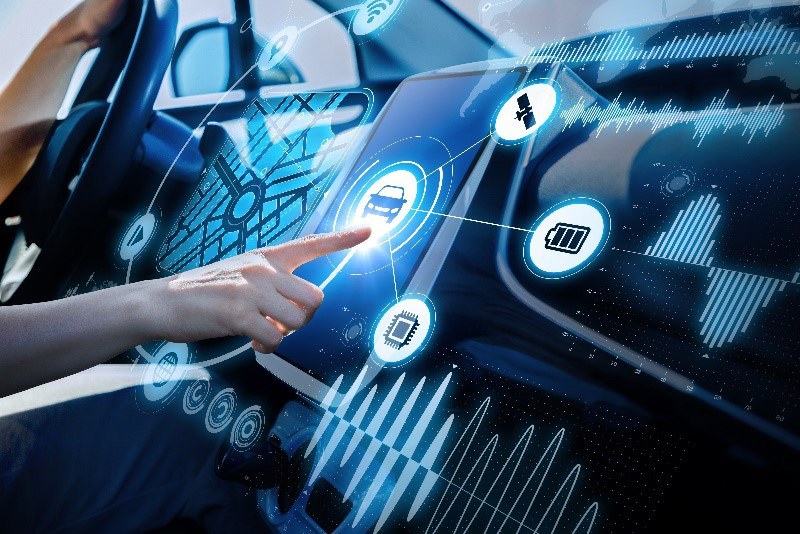
Figure 2: Vehicles of the future will use spatial sensing using IoT devices, relaying data in real-time to city grids. Their manufacturers, and using it for internal computations. 5G is one of the tech enablers that will make this possible.
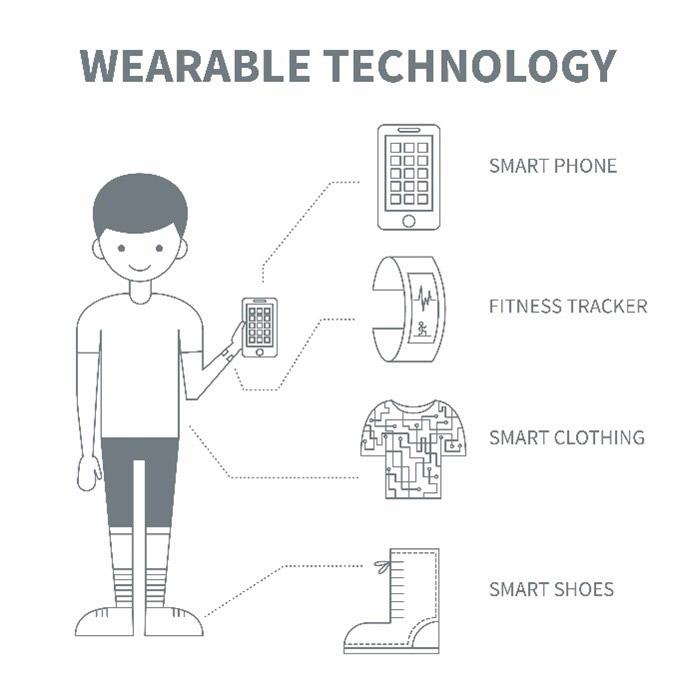
Figure 3: vital sensing through embedded sensors in clothes, shoes, and accessories could play a major role in the fitness, healthcare, and lifestyle industries. On-device computing is too bulky. So these sensors will relay information over 5G networks to central processing units on smartphones, over office and gym networks, and in hospitals.
Mixed Reality
We mentioned the ultra-fast data transfer and ultra-low latency of 5G earlier. Apart from real-time sensor data analysis. The high transfer rates enable the transmission of rich data, especially for Augmented and Virtual Reality devices. In as little as three years after 5G rollout, consumer AR/VR devices like headsets are expected to explode. The spawning new industries to create, transmit and consume AR & VR data like movies and video games. As well as pure B2B applications like collaborative engineering. This won’t happen in a vacuum- multiple technologies like Edge Computing, device engineering. The digital twinning will come together to create ubiquitous, ease to use Mixed Reality in the next evolution of Industry 4.0.
The innovation opens up new ways for consumers to experience products, like Khaite’s blending of AR and offline fashion material like vinyl records and photographs to create a new sensory experience, or last year’s virtual catwalk by a supermodel at the London Fashion Show to usher in a new era of high tech fashion experiences. Outside product marketing, powerful AR on 5G network backbones could bring real-time, life-like communication experiences for use in all sorts of industries, from commercial aviation to cars equipped with smart windows for “on the go” working for passengers.
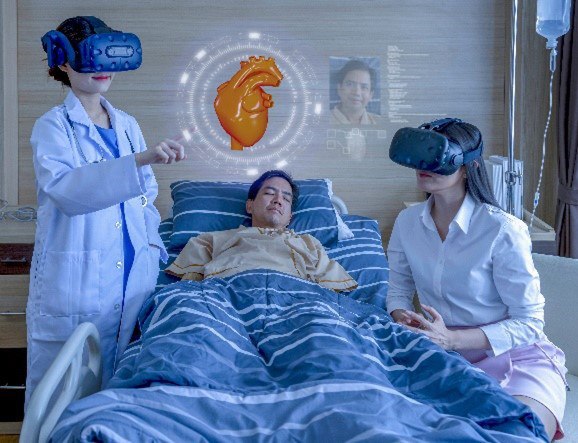

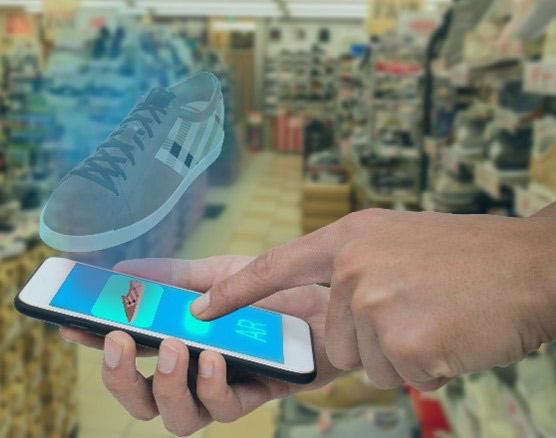
Figure 4: Three examples of Mixed Reality in Digitized Business Applications- AR in healthcare consultation, collaborative engineering, and smart retail.
Enhanced Operational Effectiveness and Positive Social Impact with Teleoperation
Beyond self-driving cars and AR-powered fashion, 5G and how it will impact the digitization of business is expected to revolutionize. How companies do material handling and supply chain management with enhanced worker safety and ergonomics. 5G’s high data rates and low latency will enable real-time remote control of many such operations. For example, Starsky Robotics is developing its fleet of commercial trucks. Which blend teleoperation (i.e., vehicles driven from a distance) and autonomous driving. So far, such teleoperation of vehicles has been limited to military, space, and other such niche applications.
However, once stabilized in the commercial space. This teleoperation + autonomous operating model could become the mainstay in operating all sorts of vehicles. From taxis and commercial trucks to drones, harbor cranes, and vehicles in the mining and farming industries. This would not only cut costs and improve worker safety. But even serve to bring new, previously excluded minorities into the workforce. For example, experienced truckers forced to give up trucking due to physical disabilities could work as remote operators, or women might take up vehicle operations in environments they might have previously avoided if they could do so from a secure office location.

Figure 5: Starsky Robotics is operating freight trucks in Florida that are partially driven remotely and partially operated autonomously. This could be the future of the long haul in places where labour is expensive and work conditions are gruelling or hazardous.
Conclusion
The above three use cases are just a few of the myriad of changes about to come in the next few years. Not all business models will mature at the same time, but 5G is a key functional driver to realize the economic value of these. The hundreds of more use cases in manufacturing, Mobility, Healthcare, Financial Services, Retail, Energy, and Media industries. At the governmental level, 5G and how it will impact the digitization of business is an attractive backbone technology to drive social and environmental benefits by enabling remote learning and making homes, workplaces and cities smarter.
Ready to make your business 5G ready? Manipal Digital Systems partners with design firms. Manufacturers, transporters, and educators to identify and implement new ways to bring efficiency and innovation to create business advantage with technology. Contact us today for a free consultation!
